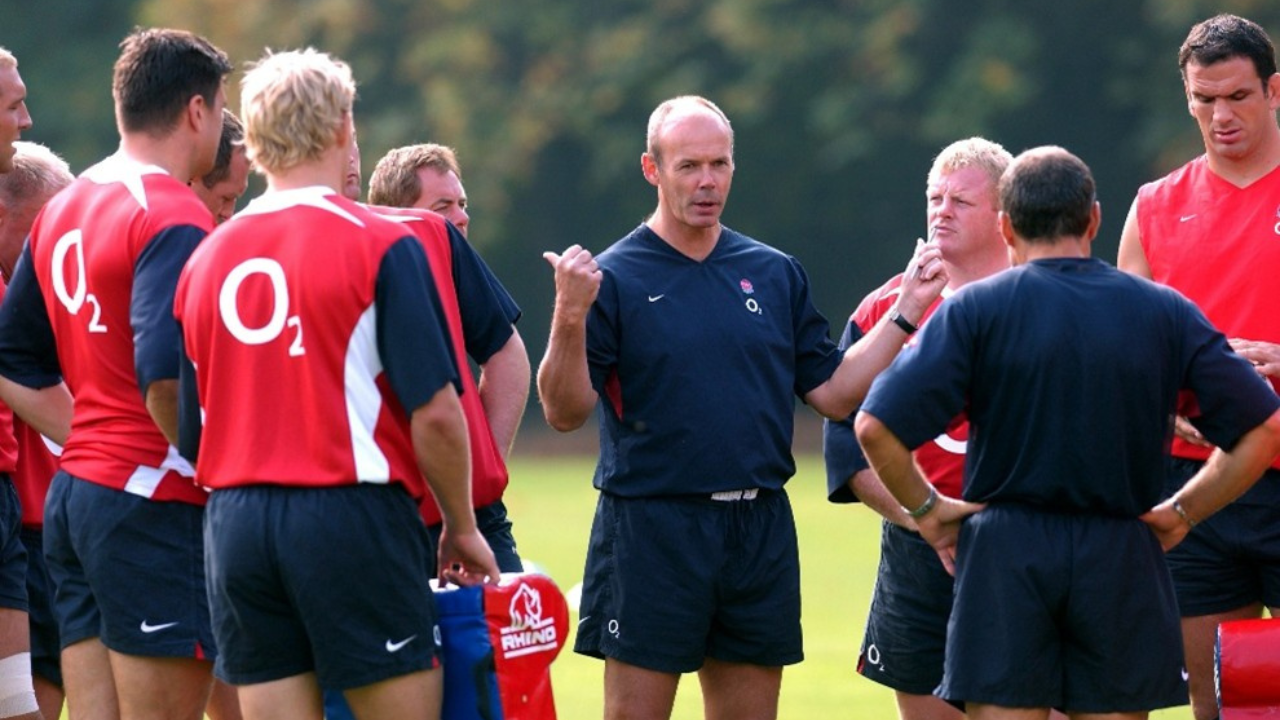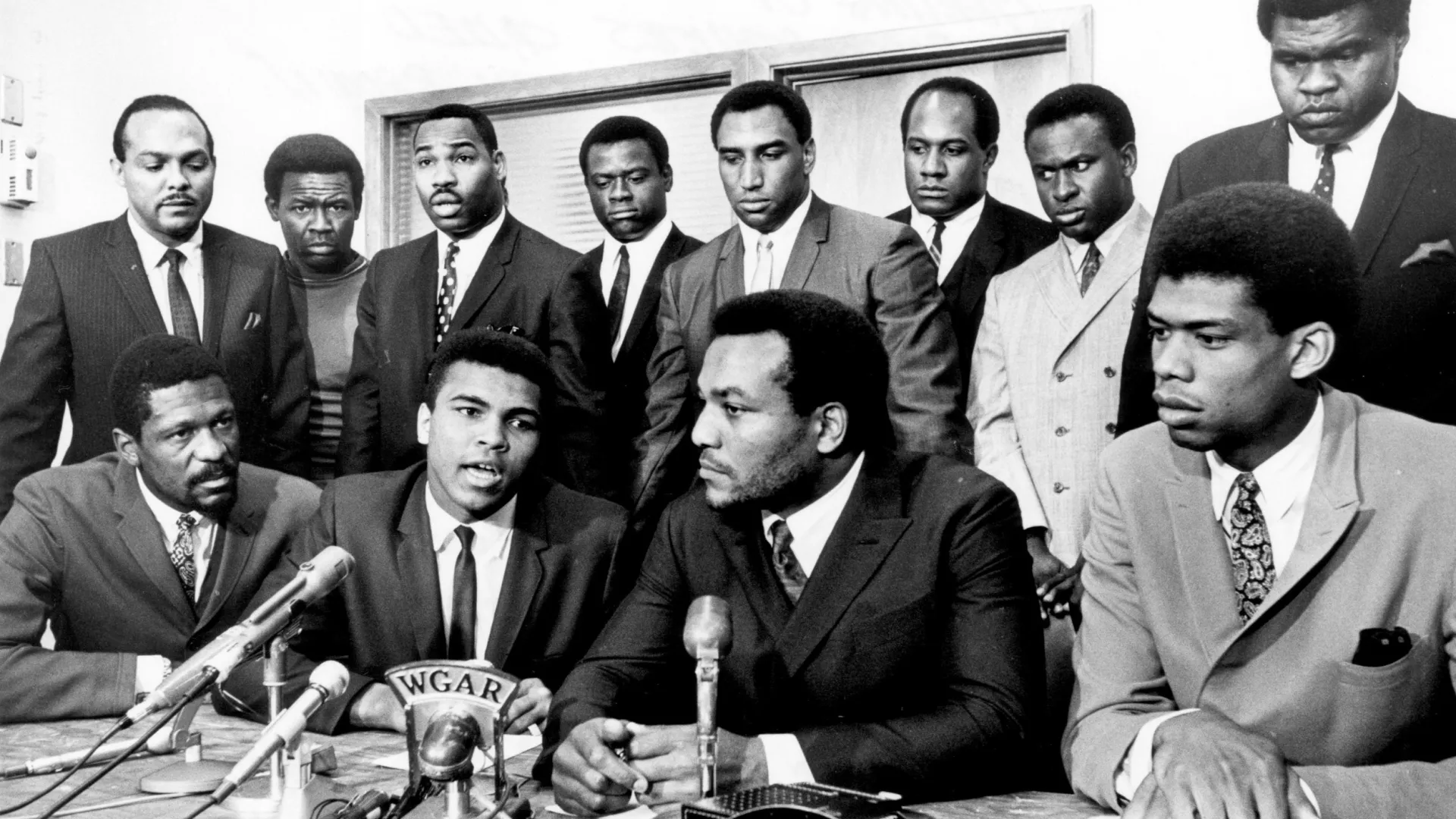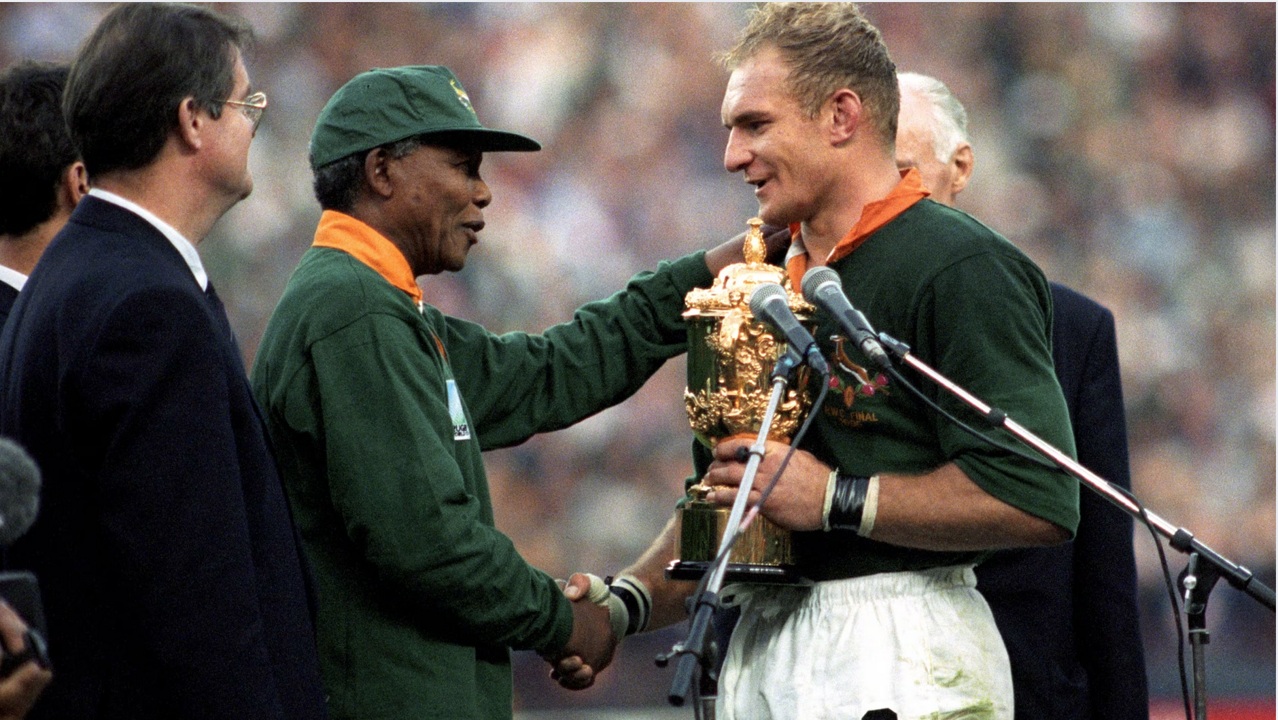
Clarity of Purpose: Positive Change
“A leader is someone who tries to bring about positive change and persuades others to go on that journey with them.”
This is the definition of a leader I shared in part 1 of this series. If you haven’t read the article, you should do so first and then come back here. See you in 4 minutes.

As I wrote in the piece, “To become a good leader, the first fundamental thing you need to do is achieve a clear understanding of your purpose – the positive change you’d like to facilitate – why it is important and how to articulate that importance to those you intend to lead.”
What do I mean by positive change? At its most basic level, a positive change is simply any improvement on the status quo – making something better today than it was yesterday. It is the creation of new value or the augmenting of existing value.
Google AI states that positive change “encompasses actions, behaviours, or strategies that lead to improvement, growth, and a more desirable state.”
When a founder creates a company to service a demand that is unmet (or inadequately met), that decision is motivated by a desire for positive change. Newly promoted managers and team leaders often choose (or are given) a mandate to create a more collaborative and cohesive style of working. A new CEO might look to streamline a company’s offerings to facilitate higher margins through more effective use of resources.
With these examples, a key success factor – possibly the key factor – will be the ability of these leaders to articulate their change vision in a manner that is fully understood and embraced by their people.
When Clive Woodward took over as head coach of the England Rugby Union team in 1997, he declared that his objective was to win the Rugby World Cup, a prize that had only been lifted by New Zealand, Australia and South Africa – the sport’s southern hemisphere ‘giants’. Woodward’s Purpose was to improve the England team to the point where it could more than hold its own against the very best.
His first attempt in 1999 ended in a thumping quarterfinal defeat by South Africa. This chastening served to sharpen Woodward’s resolve. The tournament gave him a very honest assessment of his team’s shortcomings, helping him to devise a strategy to make England the very best team in the world.
His winning strategy revolved largely around people. He recruited some of the best specialist coaches in the sport as well as a comprehensive non-rugby support team, including a sports psychologist to help his players prepare for the mental challenge ahead. Woodward essentially built a small company to support Team England.
To do this, he had to get his employers at the Rugby Football Union to buy into his vision and authorise the funds to build this company. Everyone brought into the environment that Woodward created – be they player, support staff, medic or RFU management – fully understood and bought into the mission and the approach.
In Sydney, Australia – on 22 November 2003 – England lived up to the favourites tag to win the tournament. A success birthed from the head coach’s ability to paint and articulate a vision that united a very disparate group of individuals.

Clive Woodward leading an England training session in 2003
Some questions to ponder:
- Now that I know my Purpose, how do I sell it to others?
- How do I show them what Success looks like?
The next article in the Leadership series will follow soon. If you can’t wait that long, you can contact me here. Let’s talk.




